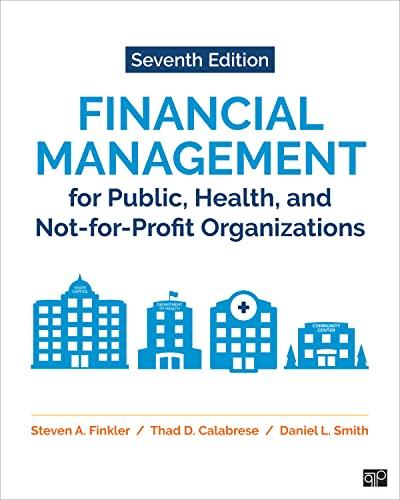Question
1. A jewelry manufacturer anticipates purchasing 1,000 ounces of gold in 90 days. To hedge against increases in the price of gold, it purchases 1,000
1. A jewelry manufacturer anticipates purchasing 1,000 ounces of gold in 90 days. To hedge against increases in the price of gold, it purchases 1,000 ounces of gold futures for delivery in 90 days at $1,350 per ounce, also the current market price. The futures investment qualifies as a cash flow hedge of the forecasted purchase. The company makes a $20,000 margin deposit. In 90 days, the market price of gold is $1,400; the company closes out its futures position and purchases the gold several days later for $1,395 per ounce. A few months later, the company sells jewelry products containing the gold. How much cash will the company receive upon closing the futures contract?
Select one:
A. $1,350,000
B. $ 70,000
C. $ 50,000
D. $1,370,000
2. A company obtains a $1,000,000 variable rate loan on January 1, 2021, at a 2.1% interest rate. The loan is renewable every 3 months, and the interest rate is reset at each renewal. The company hedges against rising interest rates by taking a short futures position in $1,000,000 of 3-month Treasury bills at 99. There is no margin deposit, and the hedge qualifies as a fair value hedge of a firm liability commitment. At the end of 3 months, the Treasury bills sell for 98.2 and the loan renews at 2.9%. The company closes the futures contract and renews the loan. All income effects of the loan and the futures are reported in interest expense. At what amount will interest expense be reported for the new loan?
Select one:
A. $29,000
B. $ 9,250
C. $ 7,250
D. $ 5,250
Step by Step Solution
There are 3 Steps involved in it
Step: 1

Get Instant Access to Expert-Tailored Solutions
See step-by-step solutions with expert insights and AI powered tools for academic success
Step: 2

Step: 3

Ace Your Homework with AI
Get the answers you need in no time with our AI-driven, step-by-step assistance
Get Started


